Table of Contents
Introduction
When searching for "chili vs chile," most people want to understand whether these terms refer to the same thing or have distinct meanings. The confusion arises because "chili" (with an "i") typically refers to a dish like chili con carne, while "chile" (with an "e") refers to the pepper itself. This guide clarifies the critical difference between these terms and how they impact cooking decisions.
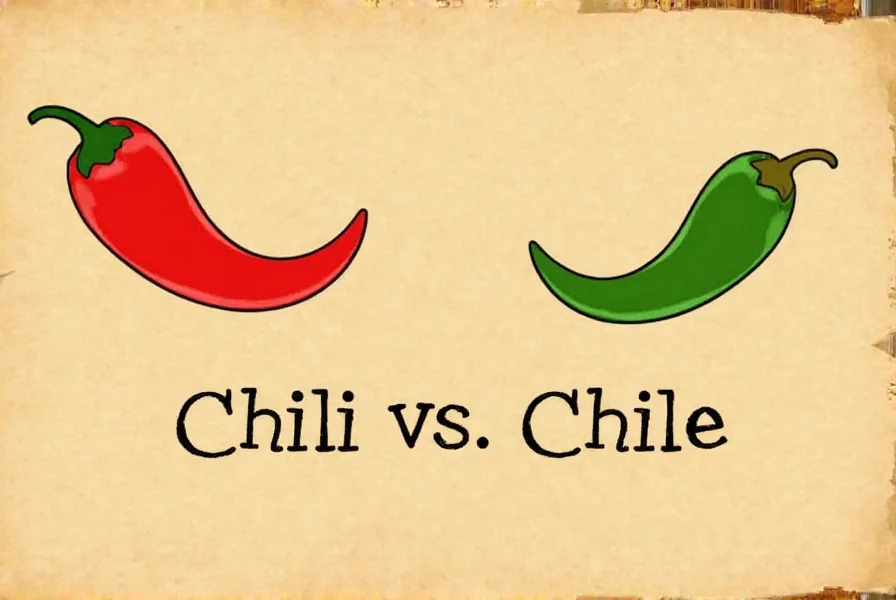
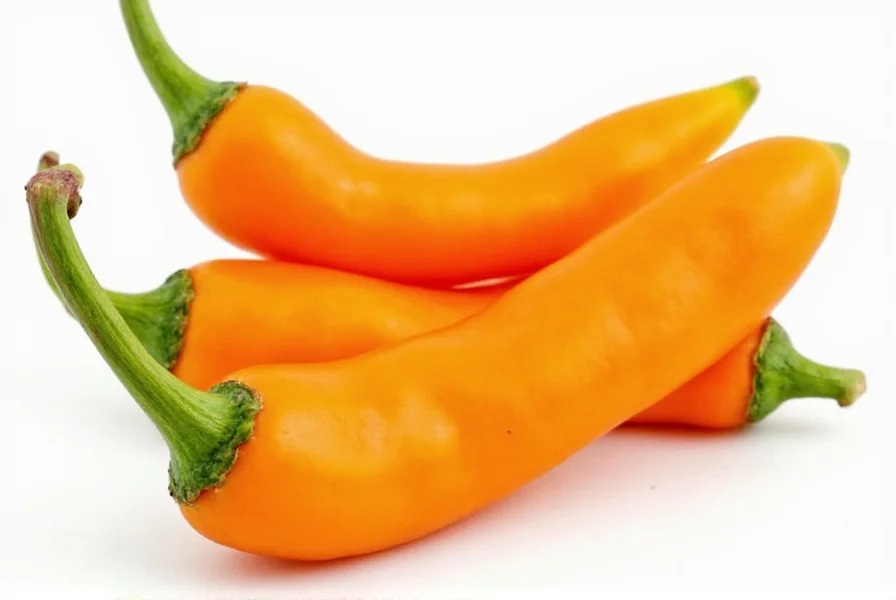
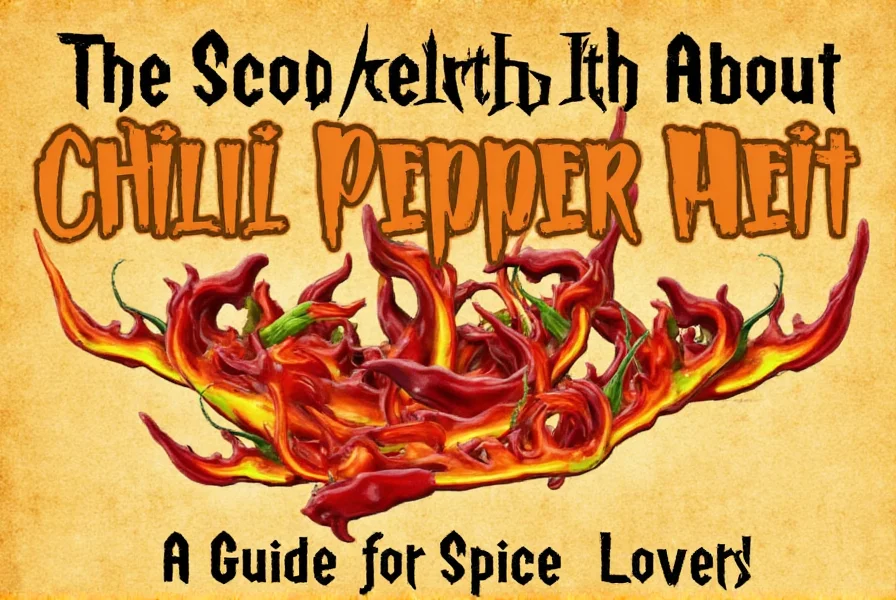
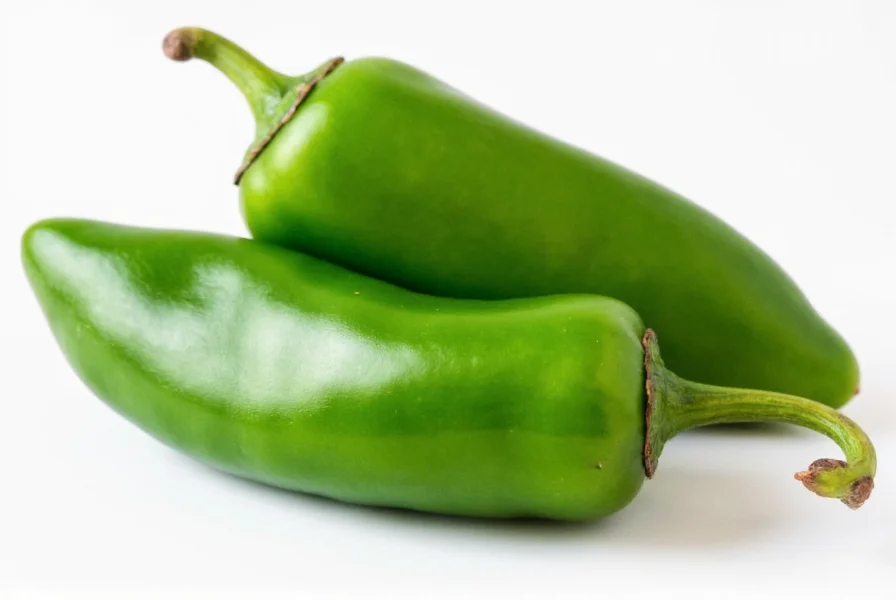
Chili vs Chile: Key Differences
Chili (with an "i") is almost always used for the dish (e.g., "chili con carne"), while chile (with an "e") refers to the pepper fruit from the Capsicum genus. This distinction is critical for cooking accuracy.
Chili: The Dish
The term "chili" (with an "i") specifically describes a hearty, spicy dish typically made with ground meat, beans, tomatoes, and chili powder. It's a staple in American cuisine and has regional variations (e.g., Texas chili, Cincinnati chili). The dish name always uses "i"—never "chile".
Chile: The Pepper
Chile (with an "e") is the Spanish spelling for the pepper fruit. It's used in Latin American cooking and refers to fresh or dried peppers like jalapeños, poblanos, or habaneros. In English-speaking regions, "chile" is often used in areas with strong Spanish influence (e.g., New Mexico), while "chili" is used for the pepper in other English contexts. However, the pepper itself is never called "chili" when referring to the dish.
Practical Differences in Cooking
Using the wrong term can lead to recipe failures:
- Chili powder (with an "i") is a blend of ground chiles, cumin, garlic, and other spices—used for making chili con carne.
- Chile powder (with an "e") is pure ground dried peppers (e.g., ancho chile powder), used for authentic Mexican sauces.
- Recipes from Mexico will always use "chile" for peppers (e.g., "salsa de chile"), while American recipes use "chili" for the dish (e.g., "chili recipe")
Buying Guide: Pepper Varieties
| Pepper Type | Heat Level (Scoville) | Best Uses | When to Use "Chile" |
|---|---|---|---|
| Poblano | 1,000–2,000 | Stuffed peppers, mole sauces | "Poblano chile" (fresh or dried as "ancho chile") |
| Jalapeño | 2,500–8,000 | Salsas, pickling, garnishes | "Jalapeño chile" (never "chili") |
| Habanero | 100,000–350,000 | Hot sauces, marinades | "Habanero chile" |
| Chipotle | 2,500–8,000 | Smoky sauces, braised meats | "Smoked jalapeño chile" |
Frequently Asked Questions
Is "chili" or "chile" the correct spelling for the pepper?
Both spellings are used for the pepper, but context matters: "chile" (with "e") is the Spanish spelling and preferred in Latin American cooking. "Chili" (with "i") is common in American English for the pepper, but never for the dish. For the dish, always use "chili" (with "i").
Why do some recipes say "chili powder" and others "chile powder"?
"Chili powder" (with "i") is a blend of spices including ground chiles, cumin, and garlic. "Chile powder" (with "e") is pure ground dried peppers. Using the wrong type will drastically alter your dish's flavor—always check the recipe's origin.
Can "chile" and "chili" be used interchangeably?
No. "Chile" refers to the pepper (e.g., "roasted chile"), while "chili" refers to the dish (e.g., "chili con carne"). Using "chile" for the dish or "chili" for the pepper will confuse cooks and lead to incorrect recipes.
What about the country "Chile"?
The South American country is spelled "Chile" (with "e") and pronounced "chee-lay." This is unrelated to the pepper or dish. Context always clarifies—"Chile" for the country, "chile" for the pepper, "chili" for the dish.
Conclusion
The difference between "chili" and "chile" isn't just spelling—it's about what you're cooking. Use "chile" (with "e") for peppers and "chili" (with "i") for the dish. This clarity ensures your recipes turn out perfectly and avoids common kitchen mistakes.

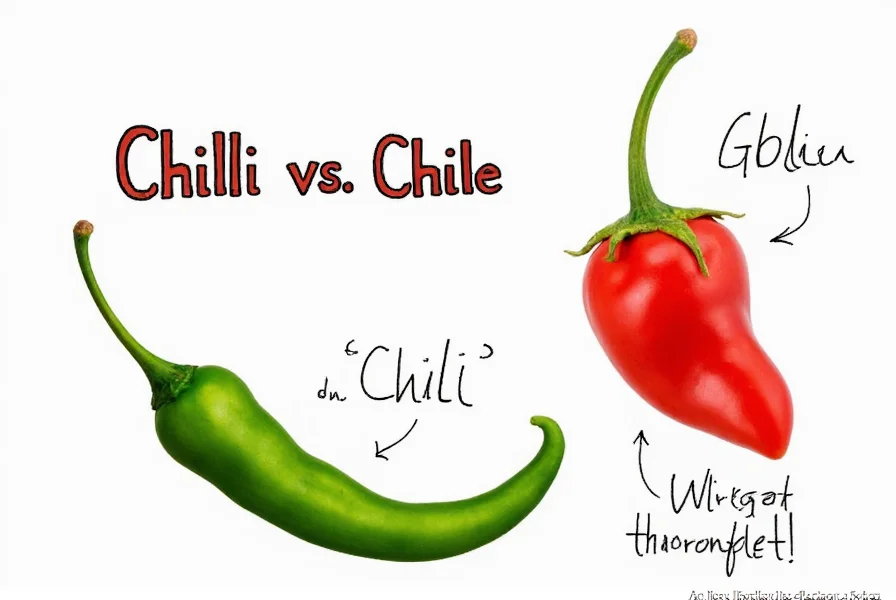









 浙公网安备
33010002000092号
浙公网安备
33010002000092号 浙B2-20120091-4
浙B2-20120091-4